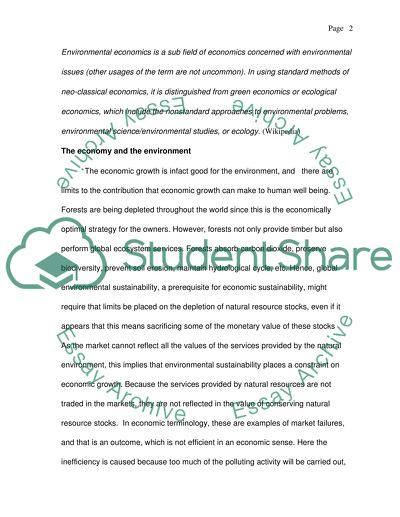Cite this document
(“Environmental Economics Analysis Term Paper Example | Topics and Well Written Essays - 3500 words”, n.d.)
Environmental Economics Analysis Term Paper Example | Topics and Well Written Essays - 3500 words. Retrieved from https://studentshare.org/environmental-studies/1504782-environmental-economics-bachelor-essay
Environmental Economics Analysis Term Paper Example | Topics and Well Written Essays - 3500 words. Retrieved from https://studentshare.org/environmental-studies/1504782-environmental-economics-bachelor-essay
(Environmental Economics Analysis Term Paper Example | Topics and Well Written Essays - 3500 Words)
Environmental Economics Analysis Term Paper Example | Topics and Well Written Essays - 3500 Words. https://studentshare.org/environmental-studies/1504782-environmental-economics-bachelor-essay.
Environmental Economics Analysis Term Paper Example | Topics and Well Written Essays - 3500 Words. https://studentshare.org/environmental-studies/1504782-environmental-economics-bachelor-essay.
“Environmental Economics Analysis Term Paper Example | Topics and Well Written Essays - 3500 Words”, n.d. https://studentshare.org/environmental-studies/1504782-environmental-economics-bachelor-essay.


